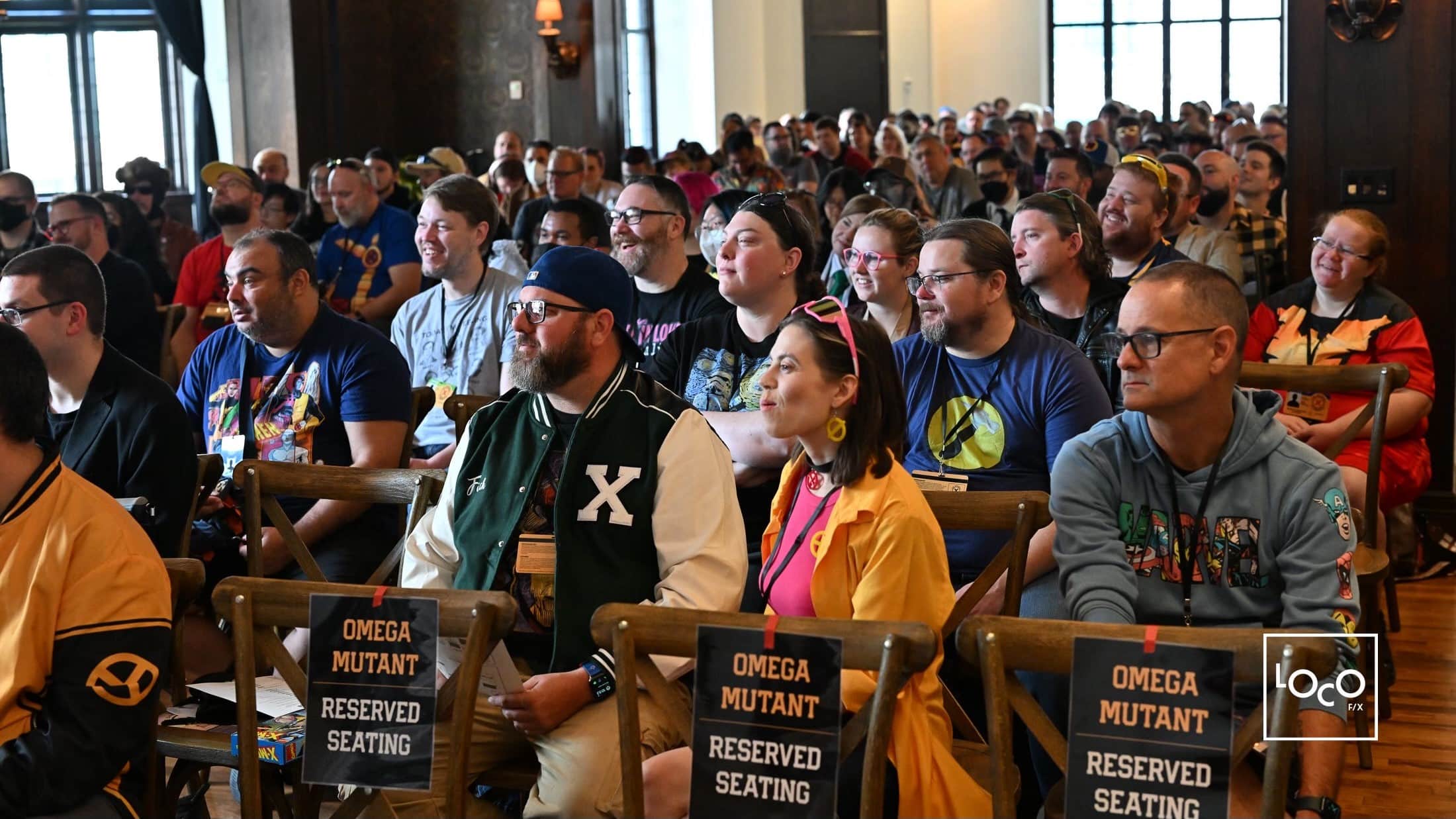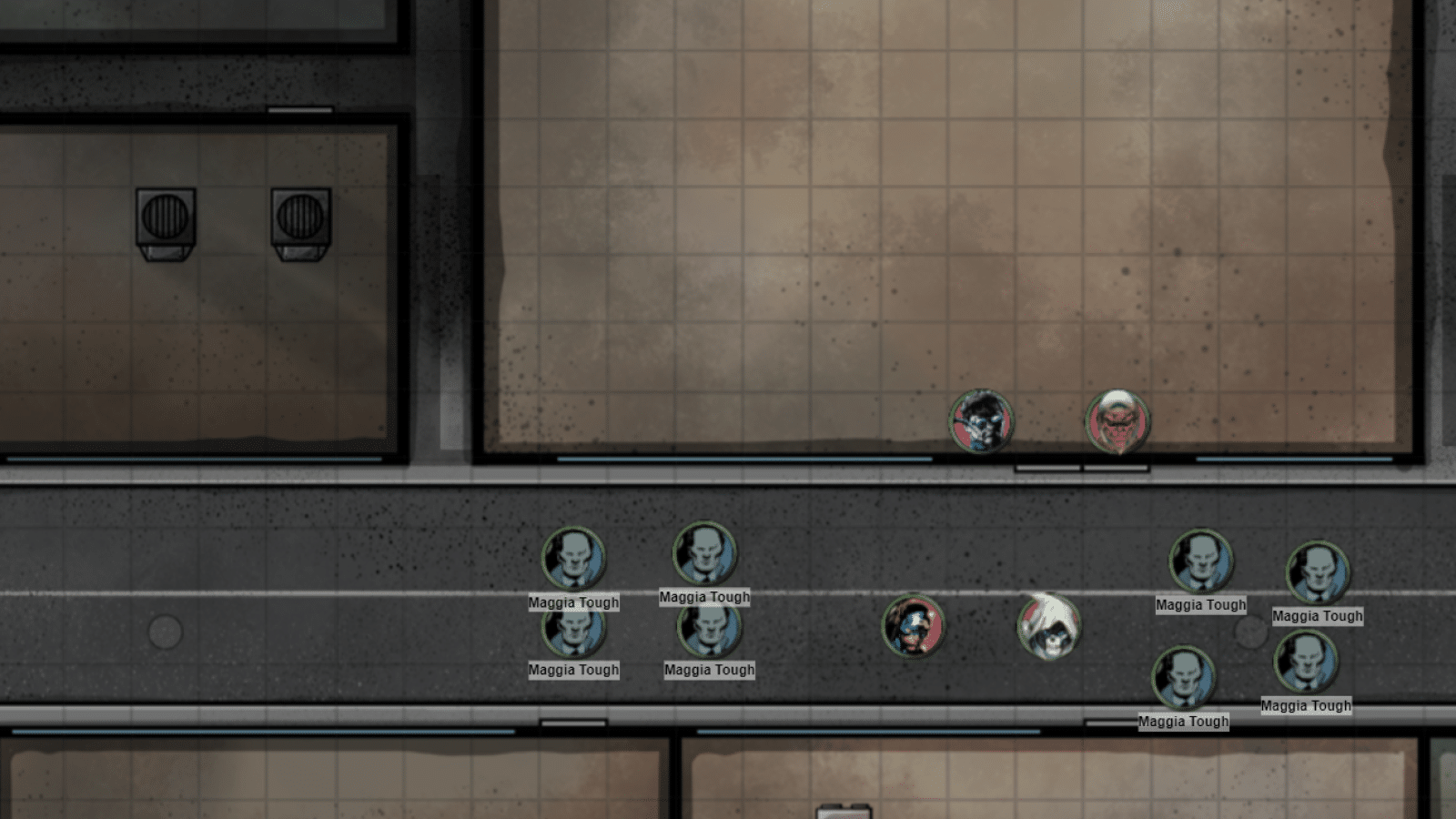I Have Gotten Into Zines. I’ve been telling myself I’ll Get Into Zines for a few years, but I’ve been intimidated by the range of subject, volume of releases, length of recurring zines, and whatever unseen indie community politics rage behind the scene. Therefore I have made the decision to Get Into Zines in the blindest way possible: once a month I will walk into Quimby’s Bookstore here in Chicago, purchase four zines released in the last month off the “New Releases” rack, and write about them. I am choosing essentially at random, though making some vague attempt at varying the content of what I purchase, but also trying to not try very hard at curation; it’s a very scientific method. Here is Zine Watch, for January, 2022.
How to Have a Cat
Sean Mac, 16 pg., $5

I may be ahead of the curve on this one, as I currently possess not one, but two cats, both of whom delight in making my life miserable. Sean Mac, Chicago resident, describes the particular behaviors of their cat Hog as well as general advice for cat ownership. I like Mac’s artwork, particularly the smug, bug-eyed renditions of Hog, who haunts the pages, staring into the reader’s soul. In terms of actual text, though, How to Have a Cat doesn’t really deliver any insights you haven’t seen in viral tweets about how cats are evil little monsters who love to pee and break things. Just because it’s true doesn’t mean it hasn’t become trite through overexposure. Maybe I’ve gotten too jaded about comics that are relatable – the kind of comics we experience without intending to engage with, cascading from recommended pages and “other people liked” on all relevant social media platforms. There’s nothing wrong with How to Have a Cat, and it is consistently well-illustrated and at-parts funny. “Hog” is a good name for a cat.
Pencil Revolution #25: Silver Resolutions
Johnny Gamber, 27 pg., $5.

My first reaction to this zine was: are there really 25 issues of a zine just about pencils? The answer is yes. Pencil Revolution has four contributors out of Baltimore (shoutouts to Atomic Books, my two-stores-ago-local-comic-store): Johnny Gamber, responsible for the majority of brief articles; his daughter Charlotte, who creates a writing utensil-themed cartoon; his great-uncle Homer Crunkleton, who dictates an article to Johnny; and cartoonist Richard Karinsky, who produced the cover. That Pencil Revolution is a family affair greatly adds to its appeal, which helps compensate for some of the pretension of its articles.
The front half of the zine mainly deals with the stationery industry: reviews for new journals and products, Johnny’s latest journaling or book binding exploits, and “Why You Should Never Sharpen Your Pencils with Power Tools.” To me, these are the most appealing pages, a window into the minutia of another world. The back half is mainly editorial, as Johnny contemplates the meaning of the New Year, and New Year’s Resolutions in particular. It’s a strikingly different tone than the front half, but each article is brief enough that it never feels overwrought or self-indulgent. In total, a wonderful vision into a hobby and industry everyone relies on, but rarely thinks about.
Dawn of the Living Dead Near Kotka Morgue
Marko Turunen, 24 pg., $6.

This zine, a full-color comic, comes from Finnish artist Marko Turunen, and while I have no clue how it ended up in Chicago, I’m glad it did. Turunen’s art is full of distinct characters and creatures, occupying semi-abstracted spaces, washed out in deep colors. The world of Alien (the protagonist), and the town of Kotka, is depicted on the level of the subconscious – the feeling of being in a town, rather than the physical reality. Narratively, the comic deals with the advent of COVID-19, practically overnight turning the town of Kotka from a safe-haven to a vision of hell.
Turunen captures the feeling of overwhelming anxiety brought about by COVID as Alien wanders his apartment fretting over potential symptoms, and waking up to find the number of cases growing worse. This is perhaps too accurate a comic, bringing to mind the naive-optimism-sliding-into-crushing-despair of the early months of the pandemic. It’s not a pleasant feeling, but Turunen definitely makes good use of its power.
Hopefully more of Turunen’s work becomes available in English; I can see he has a full-length graphic novel called Kotolan mies ja Loinen, but I currently do not speak Finnish. Dawn of the Living Dead is an exceptional little comic, funny and anxious and beautiful, and I hereby award it the first ever ZINE WATCH: I AM INTO ZINES NOW: ZINE OF THE MONTH.
Used Records & Tapes #2
RoosterCow Press, 40 pg., $7.

The longest zine I picked up, Used Records & Tapes features contributions from the following: Chris Auman (art, reviews, and editing), Mike Dixon (art, reviews, and editing), Jim Fath (reviews), David Gill (reviews), Liz Mason (reviews), Billy McCall (reviews), and Sarah Everson (editing). That’s a lot of people, and a lot of reviews; maybe too many reviews, as the subject material blends together. That said, this is a remarkably well-produced little book, and a nice collection of music criticism.
Most endearing are the hand-drawn reproductions of reviewed album covers, some impressively accurate and others delightfully off-kilter. The reviews themselves also tend towards the funny. By its nature, Used Records & Tapes deals primarily in nostalgia, but none of the critics leave their biases unexamined. Some reviews are vectors for personal stories, of live shows or music discovered as a youth, and some reflections more on music history in general, and the changing landscape of pop, or rap, or boy bands.
There are a handful of non-reviews diversions: a short comic strip, a gag about bands that share names, a list of top Corey’s in music, and a humorous quiz about pop history. If anything, I could use more of these secondary elements to break up runs of six or seven reviews in a row. That said, I liked the mix of music selected (between old and popular, and old and obscure), and I’ll keep an eye out for future editions of this zine. What are my own highly influential teenage nostalgic music choices? (It was Ben Folds. I wanted to be Ben Folds, because he was good at playing piano and I was bad at playing piano).
Ian Gregory is a writer and co-host of giant robots podcast Mech Ado About Nothing.






